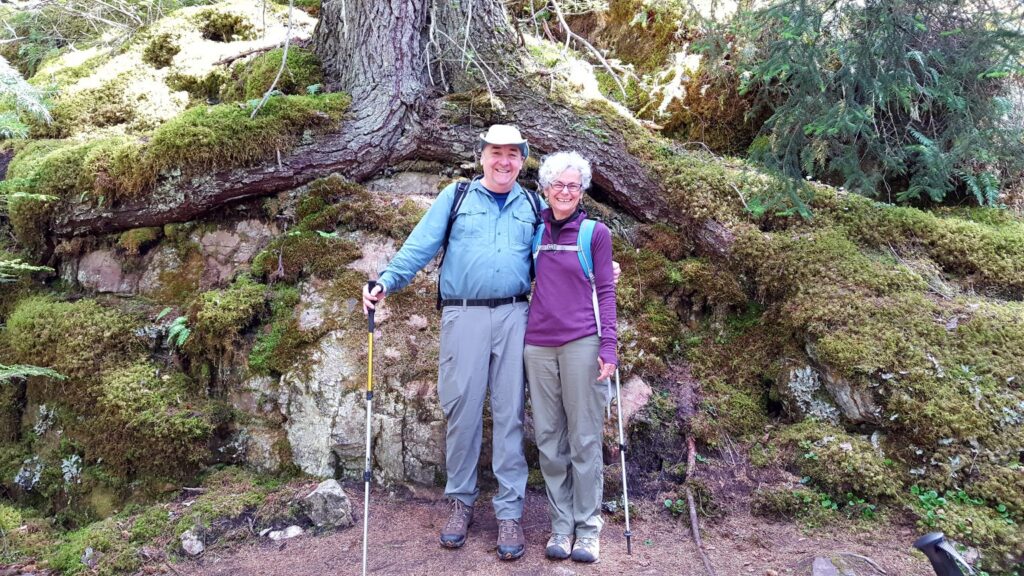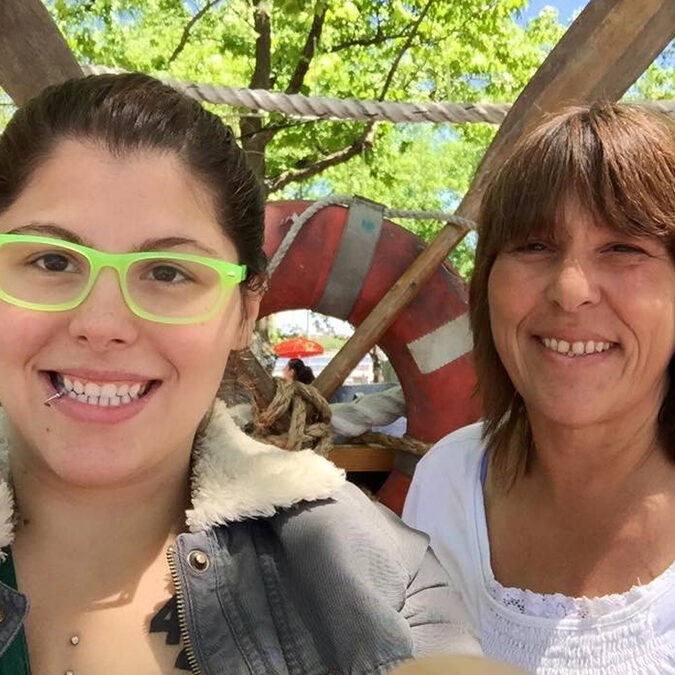Maine resident Karen Wentworth is the second patient to access the Maine Death with Dignity Act, which went into effect in September 2019. In the second installment of this 3-part series, Karen reads from an essay she wrote after she obtained the death-hastening medication and began her preparation for death. Karen died peacefully on on January 12, 2023.
Being terminal brings a different kind of anxiety. I’m done with desperate prayers, though I still clock symptoms by the hour. Terminal cancer anxiety is fear without hope for a future. I say I’m ready to die and not afraid, but if that’s true why does my heart bang in my chest somedays? Why do I cry during support group check-ins? Why do tears come at night when I think of leaving Alison and Charlie? The answer is grief.
Leaving what I love and losing what is familiar gets harder with time, not easier. My six-month prognosis inspires an urgent love and gratitude for life. Small things – handmade soap, crows, snow, caramel sauce – become over-sized gifts. Relationships fill my heart to bursting. As my appreciation for life and loved ones deepens, I must practice letting go – leaving.

In the following audio clip, Charlie Thieme shares his reflections on meeting Karen, living together, and watching her prepare for her death.

I like control, meaning gallons of effort went into arranging my life into orderly, predictable days. Now I’m learning its opposite – letting go. I’m a planner who spent a lot of time projecting into the future. Now I’m learning to be in the present. Because I’m a doer, prodigious amounts of energy went into productivity. Now I’m learning to be, not do.
Most mornings I awake with a quiet anticipatory restlessness. It’s an uncomfortable feeling, and I wish it away. There are times when it recedes into the background, but usually we spend the day together.
Just when I believe everything is handled, fear washes over me, humbling me with its reminder of my roots and humanness.

